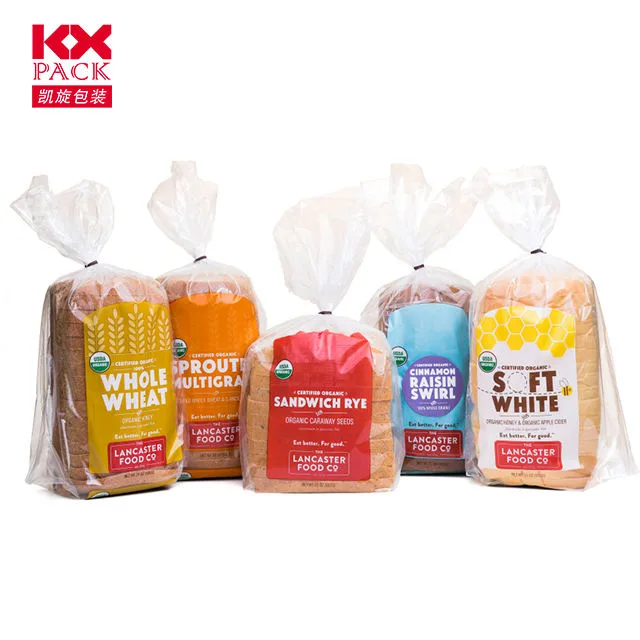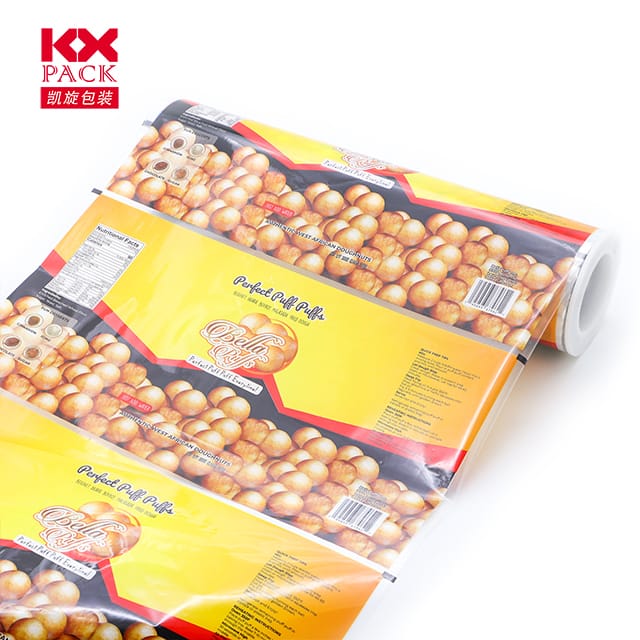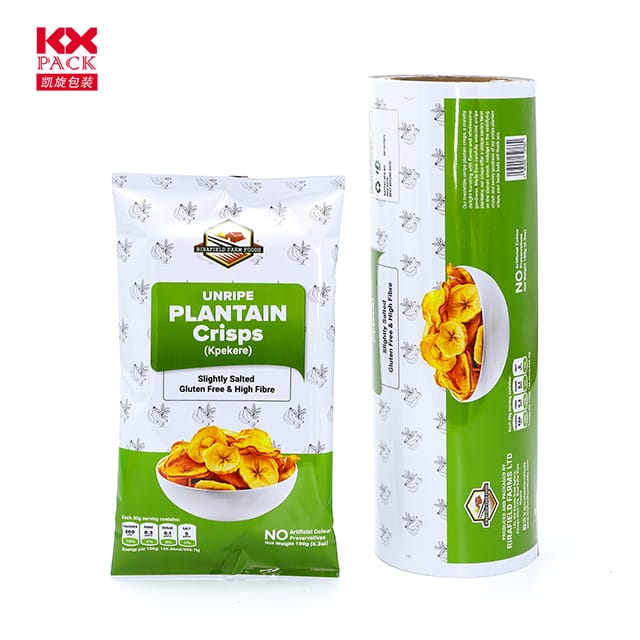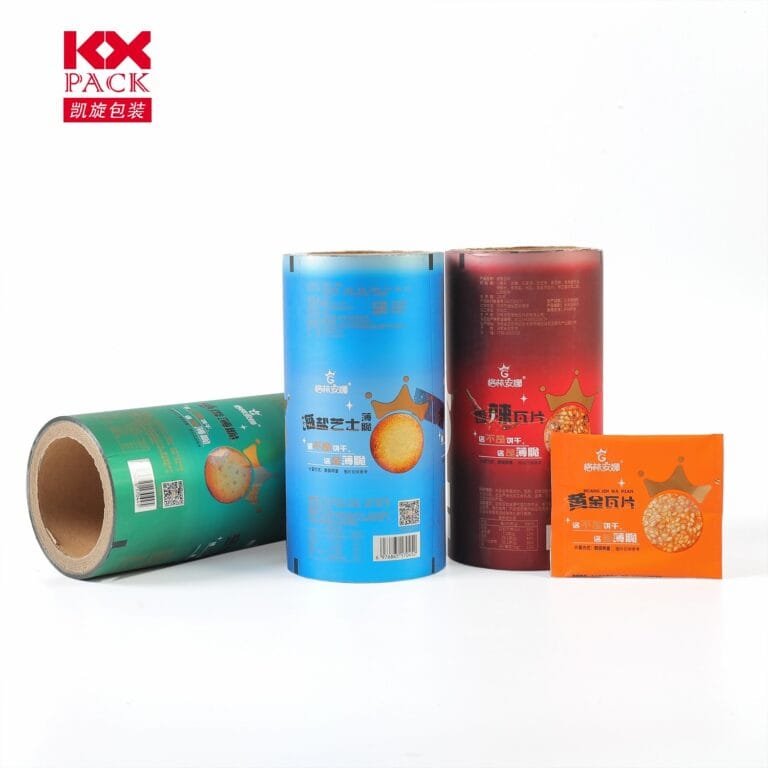Lavni an nan anbalaj faktori: AI-Kondwi Kontwòl Kalite ak Antretyen Prediktif
Nan manifakti, Anbalaj faktori se kritik pou entegrite pwodwi ak satisfaksyon kliyan. Kòm demand pou konsistans ak efikasite grandi, tradisyonèl yo Anbalaj faktori pwosesis (konte sou chèk manyèl ak antretyen reyaktif) tonbe kout. Jodi a, AI ap transfòme de aspè debaz yo Anbalaj faktori: kontwòl kalite (QC) ak antretyen prediksyon—koupe erè ak tan yo pandan y ap redefini avni li yo.
Kontwòl Kalite AI-Kondwi: File presizyon nan anbalaj faktori
Manyèl QC nan Anbalaj faktori lite ak fatig imen, defo rate (Eg., etikèt ki pa aliye, sele enkonplè), ak vitès dousman. Menm ansyen sistèm otomatik yo echwe pou adapte yo ak chanjman materyèl oswa ekleraj nan Anbalaj faktori. AI rezoud sa a ak adaptasyon, enspeksyon ki baze sou done.
Ki jan AI QC amelyore anbalaj faktori
AI itilize algoritm ML ki fòme sou "bon" ak "defektye" Anbalaj faktori imaj yo tach anomali:,
- Deteksyon gwo vitès: Kamera AI sou Anbalaj faktori eskanè transporteurs 1,000+ pakè/minit, trape pwoblèm tankou kòd bar mal oswa patikil etranje (vital pou manje/fama Anbalaj faktori). Yon faktori goute koupe erè etikèt pa 92% ak AI QC.
- Adaptabilite: AI ajiste a Anbalaj faktori varyab yo (Eg., switch plastik-a-papye). AI yon manifakti bwason toujou tcheke bouchon boutèy yo avèk presizyon pandan limyè flickers.
- Trasabilite: AI journaux Anbalaj faktori enspeksyon ak kòd bar/RFID. Li drapo pakèt defo, sispann liy yo si sa nesesè, epi idantifye kòz rasin yo (Eg., woulèt chire ki lakòz pwoblèm sele).,
Benefis biznis pou anbalaj faktori
AI QC redwi Anbalaj faktori fatra pa trape domaj bonè epi koupe depans travay. A 2023 Etid PMMI jwenn 35% pi ba Anbalaj faktori to bouyon ak 28% mwens èdtan enspeksyon. Pou pharma, AI senplifye rapò regilasyon pou Anbalaj faktori konfòmite.
Antretyen Prediktif: Koupe D 'nan anbalaj faktori
Anbalaj faktori liy depann sou pati k ap deplase (transporteurs, sele, file). Yon sèl echèk sispann pwodiksyon an, koute ~ $ 22,000 / minit (McKinsey). Antretyen tradisyonèl yo (kouri-a-echèk oswa orè fiks) gaspiye resous—apwòch AI ki baze sou kondisyon rezoud sa a.
Ki jan antretyen AI sipòte anbalaj faktori
- Koleksyon Done: Detèktè IoT sou Anbalaj faktori machin swiv Vibration, tanperati, ak presyon (Eg., vibrasyon k ap monte yon wrapper detire soti nan bi chire).,
- Avètisman anomali: AI konpare done Capteur ak nòmal Anbalaj faktori operasyon, avèti ekip yo sou pwoblèm (Eg., tanperati nòmal yon sele).,
- Prediksyon echèk: AI prevwa echèk pati yo (Eg., "Motè transporteur bezwen ranplasman nan 14 jou"), kite ekip yo kenbe pandan lè ki pa pi wo yo.
Rezilta reyèl pou anbalaj faktori
- Yon faktori kosmetik koupe Anbalaj faktori D 'nan 4 fèmen chak mwa a 1 chak trimès youn ak AI, ekonomize $380k / ane.
- Yon lojistik Anbalaj faktori etablisman te evite yon are 4 èdtan lè li te ranplase yon pati defo anvlòp detire byen bonè, anpeche 500+ anreta anbakman...
Preparasyon pou anbalaj faktori AI-Kondwi
Adopte AI pou Anbalaj faktori bezwen:,
- Done enfrastrikti: Upgrade detèktè sou Anbalaj faktori machin ak done an sekirite (kle pou pharma).,
- Ekip Upkilling: Antrene anplwaye yo pou yo sèvi ak zouti AI pou Anbalaj faktori (Eg., entèprete alèt antretyen).,
- Pilòt Premye: Teste AI sou yon sèl Anbalaj faktori liy anvan eskalade pou diminye risk.
AI ki baze sou nwaj fè sa aksesib pou ti / mwayen faktori yo, bati rezistan Anbalaj faktori operasyon yo.
Panse final yo
AI pa ranplase moun nan Anbalaj faktori— li okipe travay repetitif (Eg., enspeksyon rapid) konsa travayè yo konsantre sou optimize pwosesis oswa konsepsyon nouvo Anbalaj faktori. Pou faktori ki anbrase AI, rekonpans yo klè: mwens Anbalaj faktori defo, mwens D', pi ba pri, ak yon sistèm ki pare pou lavni. Kesyon an se pa si AI transfòme Anbalaj faktori—men lè ou rantre nan.







